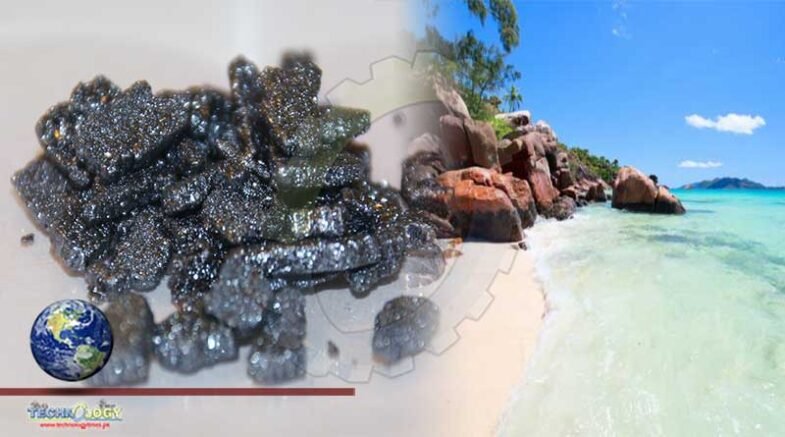Iodine plays a bigger role than thought in rapid new particle formation (NPF) in relatively pristine regions of the atmosphere

Iodine plays a bigger role than thought in rapid new particle formation (NPF) in relatively pristine regions of the atmosphere, such as along marine coasts, in the Arctic boundary layer or in the upper free troposphere, according to a new study. The authors say their measurements indicate that iodine oxoacid particle formation can compete with sulfuric acid – another vapor that can form new particles under atmospheric conditions – in pristine atmospheric regions. Tiny particles suspended high in the atmosphere – aerosols – play an essential role in Earth’s climate system.
Clouds require airborne particles, or cloud condensation nuclei (CCN), to form, and aerosols serve as the seeds from which they grow. Atmospheric aerosols can have many terrestrial sources, like windblown dust, for example. However, under the right conditions, gas molecules can condense, cluster and grow large enough to form new aerosol particles. While NPF is estimated to account for more than half of all CCN, much about aerosol-cloud interaction remains a mystery and represents a major source of uncertainty in current climate models.
So far, only a few vapors that can form new particles under atmospheric conditions have been identified. Along with sulfuric acid and a few others, iodic acid (HIO3) is one of the few vapors known to form new particles under atmospheric conditions, especially in coastal and marine regions, although the rates at which it’s formed are poorly understood and presently considered to have limited global significance. Here, Xucheng He and colleagues present experimental evidence that suggests iodine plays a critical role in NPF, particularly in relatively pristine regions of the atmosphere. Using the CERN CLOUD (Cosmics Leaving Outdoor Droplets) chamber, He et al. found that the nucleation rates of HIO3 particles are rapid and even exceed that of anthropogenic sulfuric acid-ammonia under similar conditions.
What’s more, the authors discovered that different iodic oxoacids play an important role in facilitating this rapid formation.
Originally published at Eurek Alert
